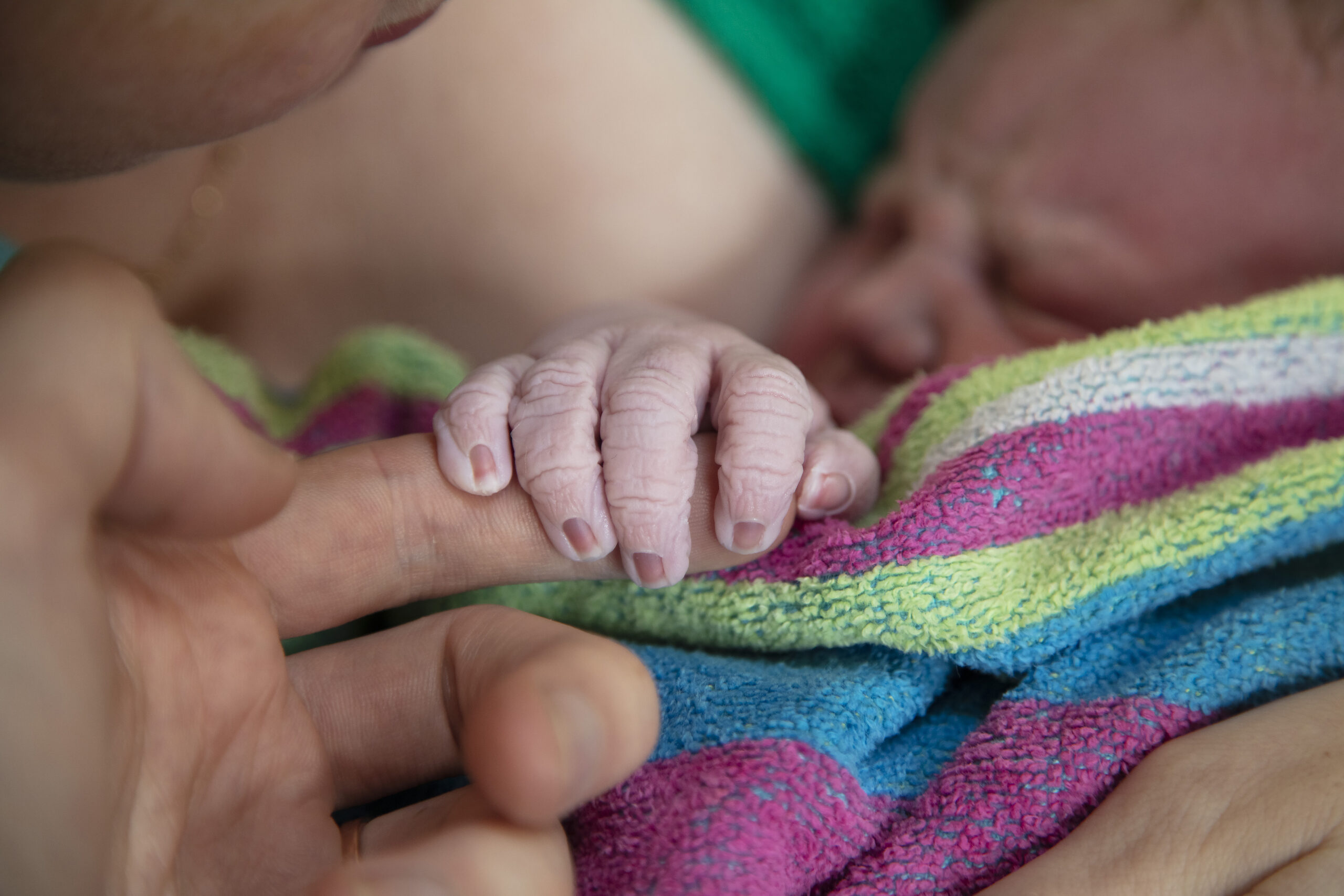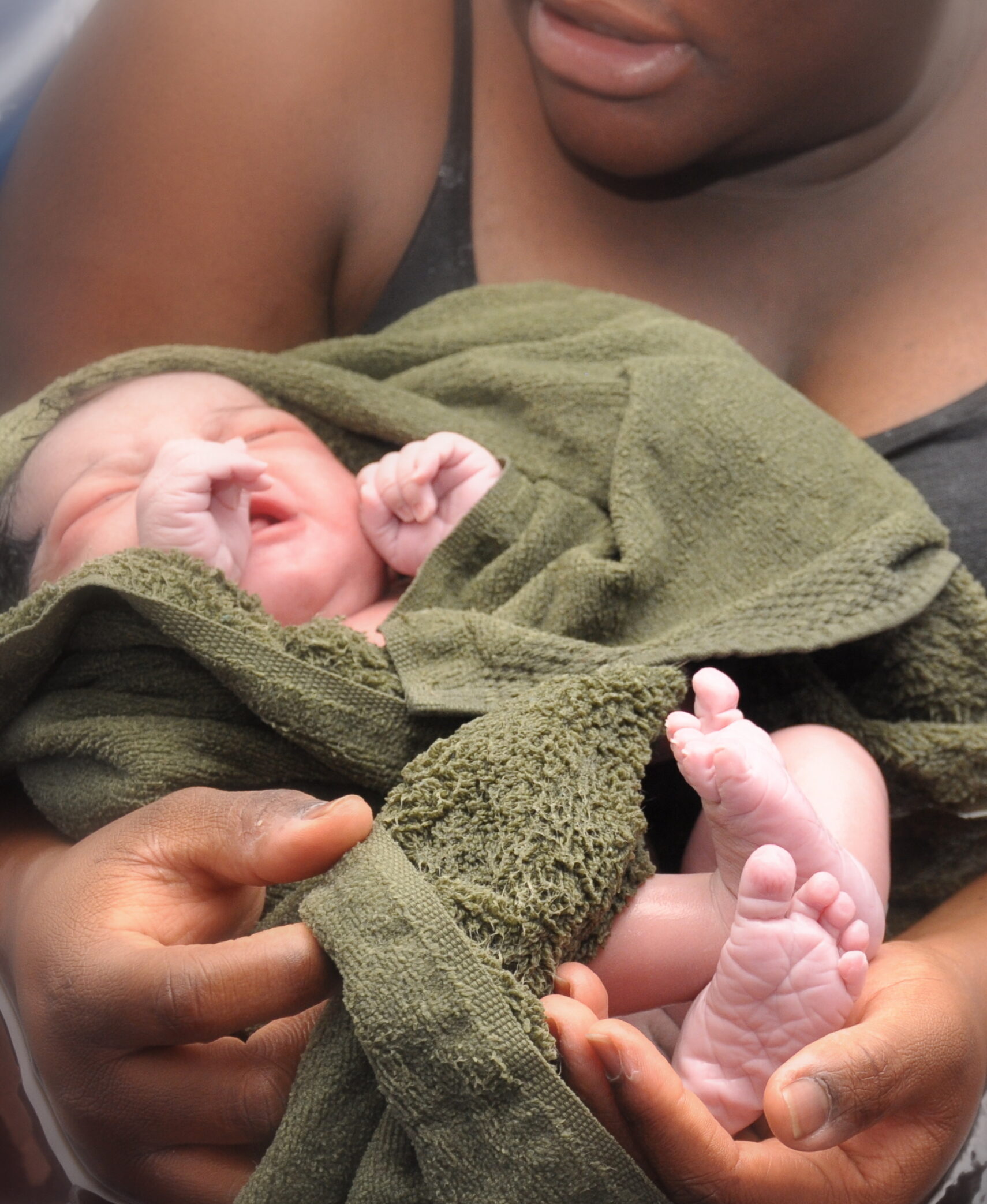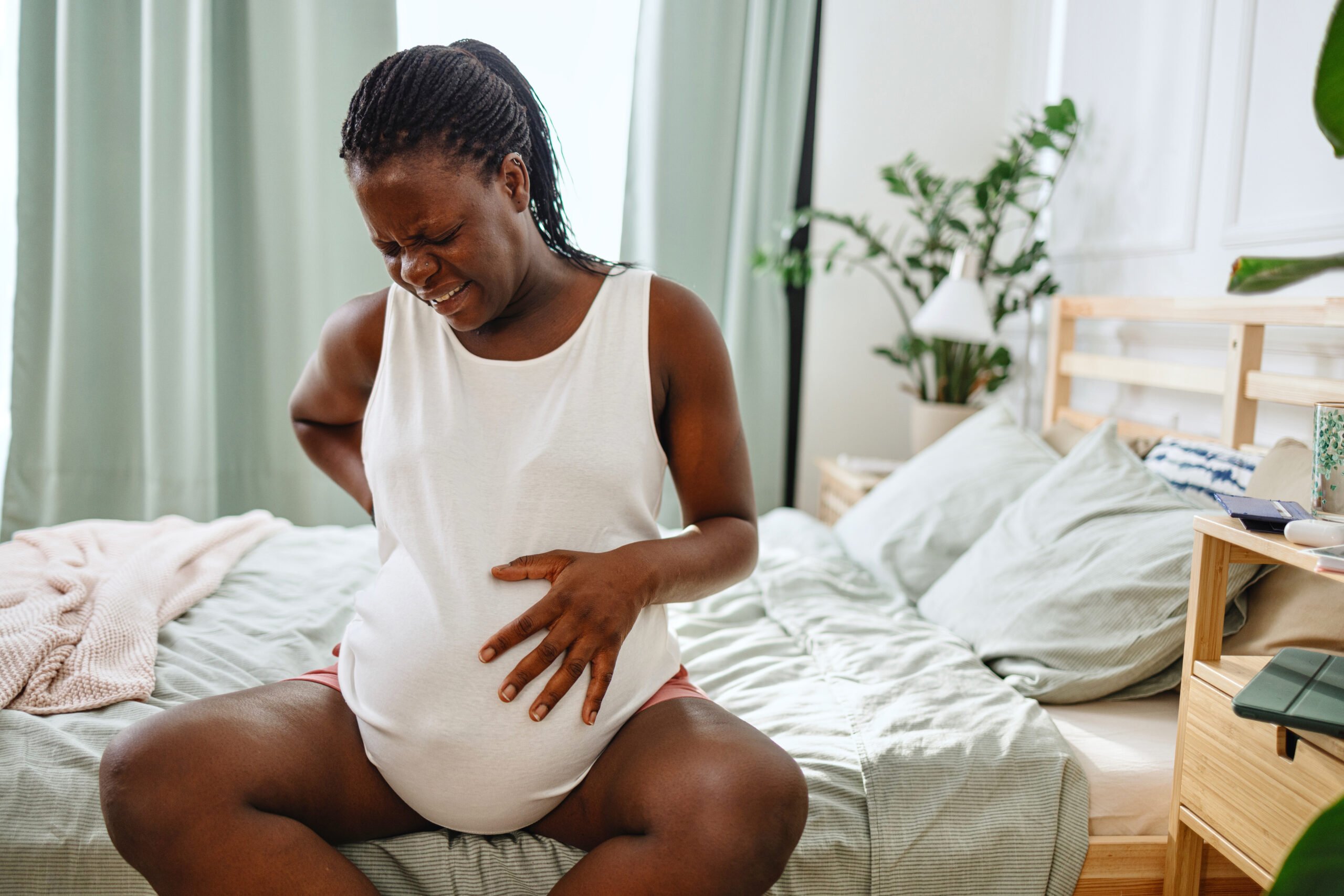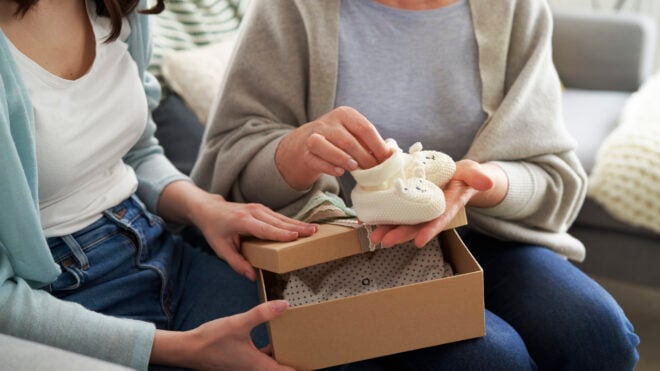
In this article
If you’re looking for information on how to have an unassisted home birth, you should know that there are technically two ways that you can have an unassisted home birth: by deliberately planning to give birth at home without any assistance, or by accidentally giving birth at home without assistance.
More from Mom.com: What to Know About Having a Home Birth
What is an unassisted home birth?

An unassisted home birth is what it sounds like: a type of birth that, typically, a woman deliberately chooses to have at home, without assistance from a doctor, midwife, or other birth professional. Sometimes, unassisted home birth is also called “free birthing” or “DIY birth.” In some cases, a woman may even choose to give birth in a different setting than her home, such as outside.</p><p>In some cases, a woman may also have an accidental unassisted home birth, such as when she goes into labor unexpectedly at home and delivers unassisted, before she can seek help or reach a hospital. According to the American College of Obstetricians and Gynecologists (ACOG), fewer than 1% of births — around 35,000 — occur at home every year in the United States. Of those home births, approximately one-fourth were unplanned or unattended.
What are the risks of an unassisted home birth?

Overall, the studies available are mixed on how safe planned home births can be. ACOG explains that the relative risk versus benefit of a planned home birth is the “subject of debate,” so it can be hard to say with complete confidence how risky an unassisted home birth can be.
Evidence from the ACOG states that while hospital births actually have a higher rate of interventions for mothers when compared to home births, home births are associated with higher rates of death for the baby during labor and delivery. According to ACOG, there is double the risk of perinatal death (1 or 2 in 1,000) and a tripled increase in risk of seizures or serious neurological dysfunction in babies with planned home births, compared to hospital births.
Should you have an unassisted home birth?

The official stance of ACOG is that hospitals and accredited birth centers are the safest settings for birth, so they do not support unassisted home birth. However, the organization notes that “each woman has the right to make a medically informed decision about delivery” for herself.
If you do choose a home birth, ACOG also encourages women to be informed of the leading ways that birth outcomes can be improved. They recommend that when choosing a home birth, women and their birthing teams adhere to the following strategies:
- Make sure they are an appropriate candidate for a home birth (this means that your baby is in the correct, head-down position, that you are not having twins or multiples, and that you have not had any prior C-sections)
- Use a certified nurse-midwife or midwife who meets the licensure requirements set forth by the International Confederation of Midwives’ Global Standards for Midwifery Education
- Have availability to work with an OB-GYN willing to give fast consultation, if and when necessary
- Ensure quick and available transport to a hospital in the event of an emergency
Choosing to have an unassisted home birth is something that you should carefully consider. Be sure to weigh the potential benefits and risks to both you and your baby. While some women are able to have unassisted home births safely, there are serious risks to be considered before choosing if this option is right for you. If you do choose to have an unassisted home birth, you should still be sure to have a birth partner who is aware of your choice and will help you in the event of an emergency.







